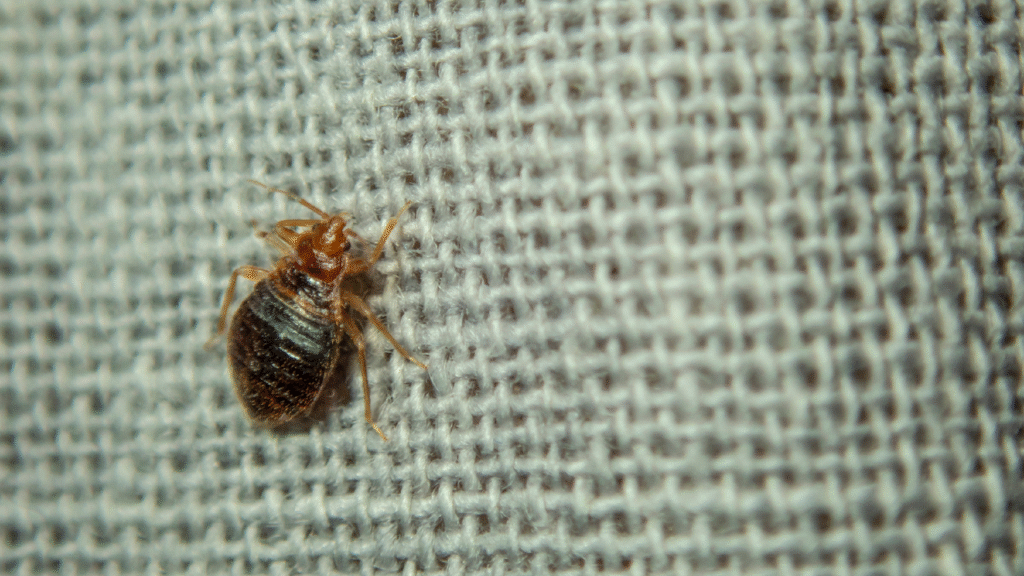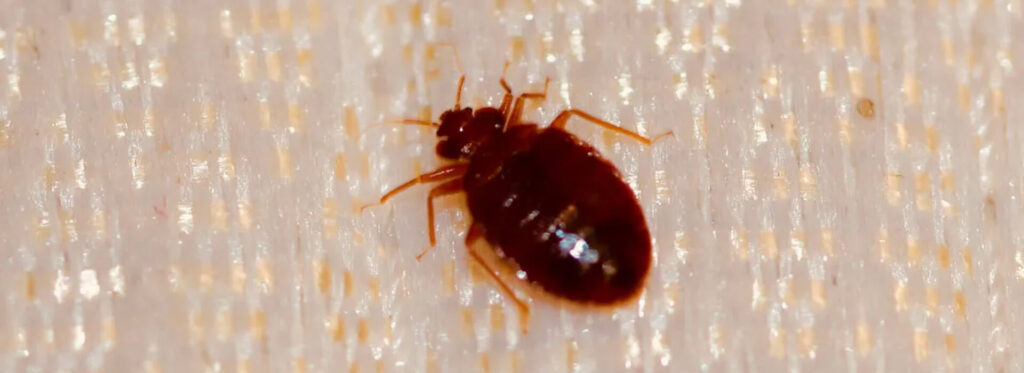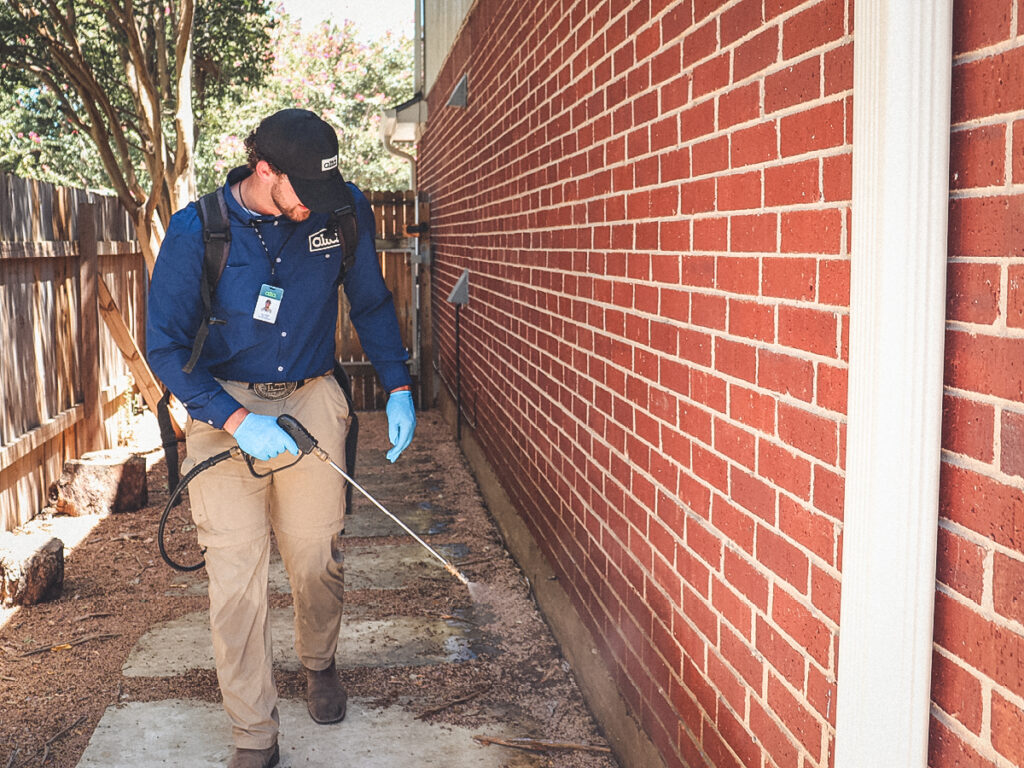Bed bug bites often show up as small, red, itchy bumps on your skin. They usually appear in clusters instead of randomly scattered, mostly on areas exposed while you sleep, like your face, neck, hands, and arms. The bites can be irritating and sometimes catch you off guard, especially if you weren’t expecting them.
Knowing the signs early can make a big difference. When you can identify the bites quickly, you can calm the itching, prevent more bites, and tackle the issue before the bed bugs spread. This guide will walk you through how to spot bed bug bites and offer practical tips to keep yourself and your home safe from these unwelcome visitors.
Recognizing Bed Bug Bites
Bed bug bites usually appear as small, red bumps that can be itchy or slightly swollen. They often show up in clusters or lines on exposed body areas, such as your hands, neck, face, shoulders, arms, and legs. Seeing these marks can be a first sign of bed bugs nearby.
It’s essential to keep a few things in mind:
- Some people don’t show any visible bites at all.
- The way your skin reacts can vary from person to person.
- If you notice clustered bites in common target areas, it’s a good signal to check your surroundings carefully for signs of bed bugs.
Important Facts to Know
- Appearance: Bed bug bites are usually small, red bumps that itch and often appear in clusters or even zigzag patterns on the skin.
- Symptoms: Reactions can include intense itching, redness, or blisters, but some people may have little to no visible reaction.
- Prevention: Protect yourself by checking travel items regularly, washing bedding in hot water, keeping your living space tidy, and sealing cracks or crevices where bed bugs could hide.
Characteristics of Bed Bug Bites

1. Size and Shape
Bed bug bites usually start as small marks, about 2 to 4 millimeters wide. Depending on how your body reacts, these spots can swell and turn into itchy, fluid-filled bumps, sometimes growing as large as 2 inches across. The size and severity often depend on your sensitivity and how many bites you have.
When bed bugs feed, they inject saliva that contains anticoagulants. This triggers your skin to react and become red and raised. Even though the bite begins small, the irritation can cause noticeable swelling over time.
2. Color and Appearance
At first, bed bug bites are red, but the color can change over time. On lighter skin, the red usually stays obvious. The bites might turn purplish or be harder to see on darker skin. Your skin tone affects how noticeable the bites are.
Bites may initially be subtle, especially on darker skin, but they become more visible as they change color and swell.
3. Pattern and Grouping
Bed bug bites rarely appear randomly. They usually appear in clusters or lines, often in groups of three to five, forming straight lines or zigzag patterns. This pattern reflects how bed bugs feed sequentially along exposed areas of skin.
This distinctive grouping helps you tell bed bug bites apart from other insect bites, which are often isolated or scattered randomly.
By paying attention to these traits, including size, color, and pattern, you can identify bed bug bites more accurately and take steps to address them.
Typical Signs of Bed Bug Bites
You might see red, itchy bumps on your skin that often appear in clusters or lines. Depending on your sensitivity, the bites can swell and sometimes form small blisters. The itching can be intense and persistent, making it hard to ignore.
Not all people respond identically; some display minimal or no apparent responses. If you experience severe swelling or an allergic reaction, getting medical attention right away is essential to prevent complications.
Differences Between Bed Bug Bites and Other Insect Bites

When trying to identify bites, bed bug bites usually appear as small, red bumps that occur in clusters or lines. This pattern reflects how bed bugs feed on exposed areas of skin. You’ll most often notice them on your face, neck, arms, or hands, the body parts typically uncovered while you sleep. The bites can cause itching, redness, or swelling, but some people may barely react and show little to no visible signs.
Flea bites, on the other hand, often appear around the lower legs, especially near the feet and ankles, and usually show up as scattered spots rather than in a pattern. Mosquito bites tend to be isolated and randomly placed, without any clear grouping.
Unlike some other insects, bed bugs do not transmit diseases. While their bites can be uncomfortable and irritating, they are not known to spread infections.
Duration of Bed Bug Bite Healing
Bed bug bites usually heal within one to two weeks. Scratching them too much can irritate the skin or even cause an infection, making the healing process take longer.
Some people, such as children, older adults, or those with weakened immune systems, may take longer to recover. Without proper care, bites can take three to six weeks to disappear fully. Avoiding scratching and treating the area gently can help the bites heal faster and reduce the risk of complications.
Treating Bed Bug Bites
Simple Home Care
You can use over-the-counter creams like hydrocortisone or calamine lotion to help ease the itching and swelling from bed bug bites. Taking an oral antihistamine can also help reduce the itching. A cold compress or an ice pack can soothe inflamed skin and provide quick relief.
For an extra home remedy, you can make a paste by mixing baking soda with water and applying it to the bites. Before doing this, gently wash the affected areas with soap and water to remove irritants and lower the risk of infection.
When to Seek Medical Help
If you notice many bites, blisters, or signs of infection such as increasing redness or pus, it’s important to see a healthcare provider. Intense itching, a worsening rash, or allergic reactions should also be evaluated promptly.
Sometimes, symptoms persist and may require prescription treatments. If scratching causes a skin infection, antibiotics could be necessary to help the area heal properly.
Steps to Avoid Bed Bug Bites

Several steps can lower your risk of getting bed bug bites, both at home and when traveling. After a trip, wash your travel clothes in hot water immediately to prevent hitchhiking bugs from making themselves at home. Check used furniture or clothing carefully before bringing them inside.
At home, reduce hiding places by keeping clutter to a minimum and sealing any cracks or gaps in walls and furniture. Bed bug interceptor traps placed under bed legs can catch bugs before they reach your bed. Washing and drying your bedding regularly on high heat is another effective way to kill bugs and their eggs.
You might also consider using protective covers for your mattress and box spring to prevent bed bugs from entering. Wearing long sleeves and pants while you sleep can reduce the amount of exposed skin and lower your chances of being bitten.
Routine vacuuming and steam cleaning of floors and furniture can remove bugs from their hiding spots, giving you an extra layer of protection and helping keep your home safe from infestations.
Spotting a Bed Bug Problem
You can often spot bed bugs by paying attention to key signs. Look for small reddish stains on your bedding, which can come from crushed bugs or their blood meals. Tiny dark spots are usually bed bug droppings and may smudge into brown or black marks.
You might also notice a faint, sweet, musty smell in areas where they gather. Adult bed bugs are flat and reddish-brown, about the size of an apple seed. Check carefully around mattresses, box springs, furniture seams, and the edges of carpets, including hidden corners. If you live in shared housing, make sure to inspect nearby areas thoroughly to get a sense of how widespread the problem might be.
Managing a Bed Bug Problem
If you suspect bed bugs in your home, acting quickly is important. The most effective way to handle an infestation is to call a professional pest control service. Experts can use specialized heat treatments that eliminate bed bugs, but trained technicians should only carry out these methods to ensure safety and effectiveness.
While waiting for professional help, you can use bed bug repellent sprays for temporary protection when entering infested areas. Detecting an infestation early can be tricky, so watch for signs like small, red, itchy bumps on exposed skin. These bites can cause swelling or allergic reactions, but they usually heal within one to two weeks if you avoid excessive scratching.
Try hydrocortisone cream, calamine lotion, cold compresses, or a baking soda paste to ease itching and reduce inflammation. If you notice many bites, blisters, signs of infection, or severe allergic reactions, seek medical care promptly to prevent complications.
Preventing bed bugs from returning to or getting into your home involves a few practical steps. Wash travel clothing in hot water immediately after returning, and inspect any used furniture or items carefully before bringing them inside. Keep your home tidy to reduce hiding places, seal cracks or gaps in walls and furniture, and consider using bed bug interceptor traps under bed legs or furniture feet. Following these precautions helps protect you and your household by limiting the chances that bed bugs can settle or survive in your home.
Final take
Knowing what bed bug bites look like and how to respond can help protect yourself and your home. You can limit infestations by spotting small, red, itchy bumps early and taking preventive steps like washing clothes, checking second-hand items, and reducing clutter. If a problem does arise, professional pest control is the safest way to handle it. Staying vigilant and acting quickly is the best way to manage and prevent bed bug issues.
Share article:
